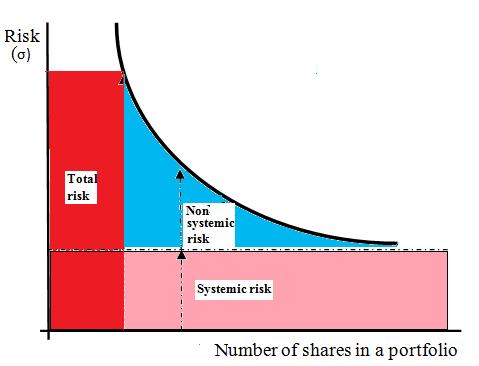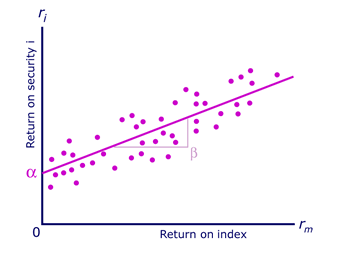Pension is a fund that is built during the working life of the employee and then used to secure the income after retirement. These funds can be operated by employer (occupational pension) who invests over time or alternatively employee can invest in a fund of their choice (private pension scheme). Both of these schemes generate income after retirement.
Pension schemes are of two major types:
- Defined Benefit Scheme
- Defined Contribution Scheme
Defined benefit scheme is a type of pension scheme which ensures a particular level of income/benefit after retirement. Most of the cost of the benefit and risk of the investment is borne by the employer however in the contributory define benefit scheme employees also make compulsory contributions.… Read the rest


